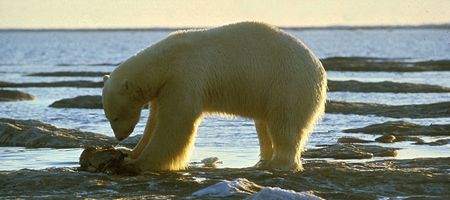We may be being grossly complacent about the scale of species extinctions caused by climate change, according to US scientists.

Predictions of the loss of animal and plant diversity around the world fail to account for species competition and movement, they say.
“We have really sophisticated meteorological models for predicting climate change,” says ecologist Mark Urban of the University of Connecticut.
“But in real life, animals move around, they compete, they parasitize each other and they eat each other. The majority of our predictions don’t include these important interactions.”
It’s been shown already that species are responding to climate change by, for example, moving to higher altitudes where temperatures are cooler.
But not all species can disperse fast enough to get to these more suitable places before they die off, Urban says. And if they do make it, they may be outcompeted by the species that are already there – or that got there first.
Urban and his team created a mathematical model that takes into account the varying rates of migration and the different intensities of competition seen in ecological communities.
And they found that animals with small geographic ranges, specific habitat needs and difficulty dispersing are likely to become extinct as a result of climate change. They’ll be overrun by other species that can tolerate a wider range of habitats, he says.
“When a species has a small range, it’s more likely to be outcompeted by others,” Urban says. “It’s not about how fast you can move, but how fast you move relative to your competitors.”
As a result, says the team, current predictions of biodiversity loss under climate change – many of which are used by conservation organizations and governments – may be vastly underestimating species extinctions.
“This a first step – to include in our models things that we know are true, like competition and dispersal,” says Urban.






